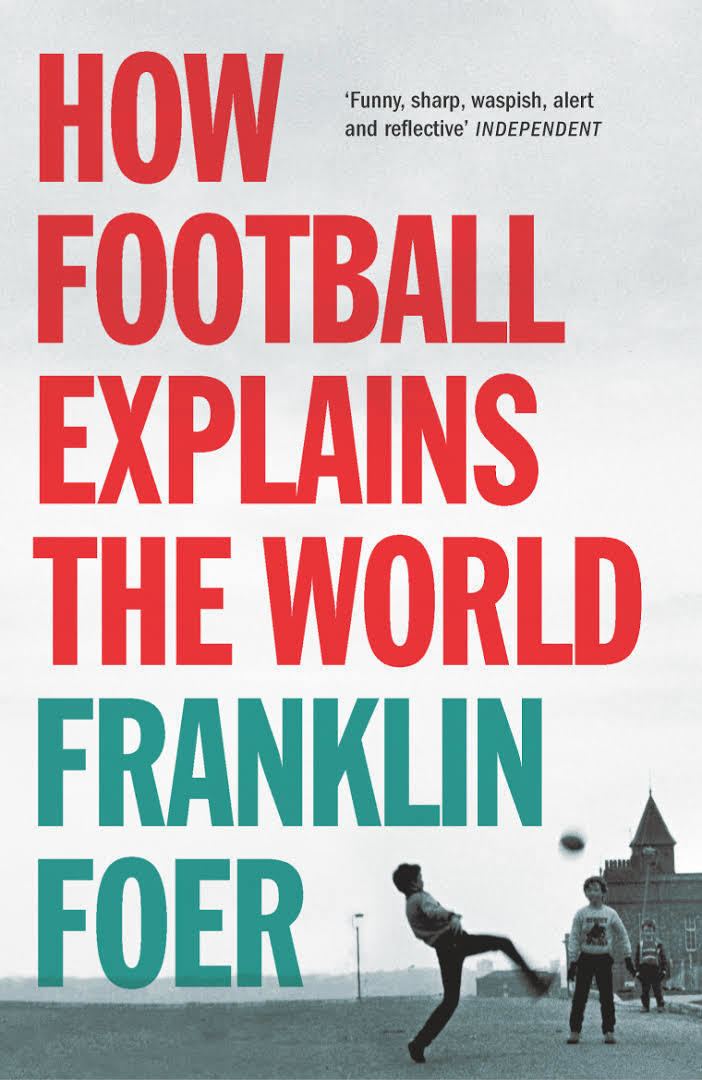7.8 /10 1 Votes7.8
3.9/5 Barnes & Noble Publication date June 29, 2004 OCLC 55756745 Genre Non-fiction | 3.8/5 Goodreads Language English Media type Hardback & paperback Originally published 29 June 2004 Country United States of America | |||||||||||||||||||||||||||||||||
 | ||||||||||||||||||||||||||||||||||
Pages 272 pp (hardback edition) ISBN 978-0-06-621234-0 (hardback) Similar Football books, Sports books | ||||||||||||||||||||||||||||||||||
How soccer explains the world
How Soccer Explains the World: An Unlikely Theory of Globalization (also published as How Football Explains the World: An Unlikely Theory of Globalization) is a book written by American journalist Franklin Foer. It is an analysis of the interchange between soccer and the new global economy.
Contents
- How soccer explains the world
- How soccer explains the world an unlikely theory of globalization
- Failure of globalization
- Rise of corporate hegemons
- Persistence of nationalism and tribalism
- Reception
- References
The author takes readers on a journey from stadium to stadium around the globe in an attempt to shed new insights on today’s world events, both from political and economic standpoints. Soccer is here the globalized medium that seems to lend itself to explaining the effects globalization has on society as a whole.
How soccer explains the world an unlikely theory of globalization
Failure of globalization
In the first part of the book, Foer tries to explain "the failure of globalization to erode ancient hatreds in the game’s great rivalries," commonly referred to as football hooliganism. His case studies include sectarian conflicts between supporters of Celtic F.C. and Rangers F.C. (the Old Firm) in Scotland and the tendency of supporters of Tottenham Hotspur F.C. and AFC Ajax to appropriate Jewish symbols and terminology (such as yid), causing some opposing supporters to employ antisemitic chants and taunts.
Rise of corporate hegemons
In the second part of the text, the author uses soccer "to address economics: the consequences of migration, the persistence of corruption, and the rise of powerful new oligarchs like Silvio Berlusconi, the President of [both] Italy and the AC Milan club".
Persistence of nationalism and tribalism
In the final part, Foer uses soccer "to defend the virtues of old-fashioned nationalism", as "a way to blunt the return of tribalism". The book thus challenges theories that a universal, globalist philosophy will subsume local nationalisms. Overarching structures such as the European Union and the United Nations may attain structural prominence, but underneath the veneer of these structures, vibrant sub-cultures and tribal loyalties remain, and may even be strengthened by modern communications like the Internet. They may thus foreshadow not the hope for unity sought by globalized bureaucratic and political elites and corporate oligarchs, but increasing fragmentation and national/ethnic conflict within outward facades of globalized unity.
Reception
The book received positive reviews in The New York Times and The Washington Post. Critics for The San Francisco Chronicle and The Boston Globe praised Foer's portrait of the soccer world while dismissing his larger arguments.
